“Waterjet cutting offers precision in material cutting and shaping and involves cutting without heat or distortion. But, it has limitations regarding the thickness and the depth of pockets.”
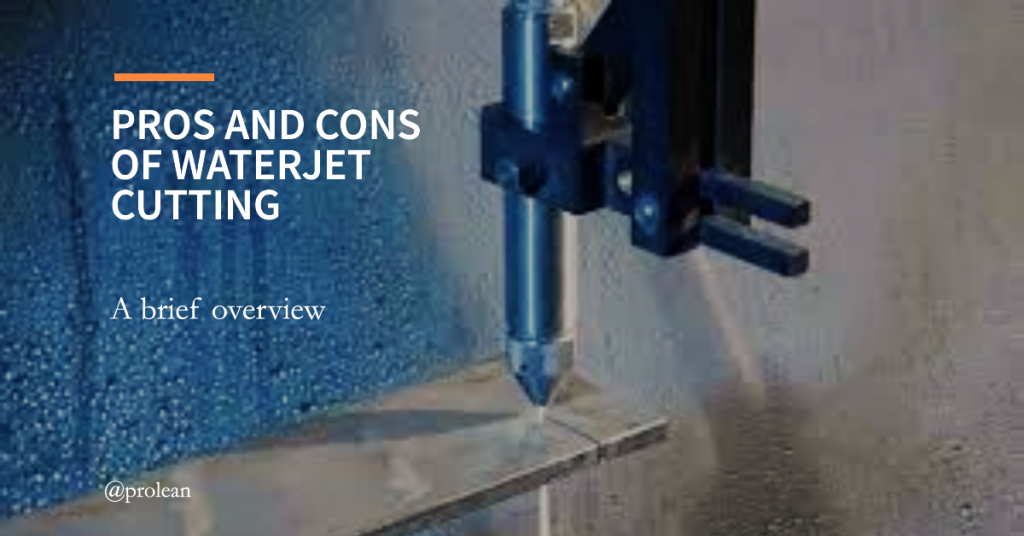
Waterjet cutting harnesses the power of high-pressure water to cut and shape materials, whereas water might be mixed with abrasive particles. Its ability to cut without inducing heat or mechanical stress distinguishes waterjet cutting as a preferred choice for various industries. However, analyzing the advantages and disadvantages of water jet cutting is essential to decide whether it matches your requirements.
This article discusses the advantages and disadvantages of the waterjet machining process, providing a comprehensive understanding of its application and efficiency.
The Fundamentals of Water Jet Cutting
The water jet cutting method is compatible with different materials, including metals, stone, and glass, without generating heat or mechanical stresses. It begins with generating a high-pressure water stream. Then, it is focused through a narrow nozzle to increase its velocity. The cutting power is significantly enhanced when abrasives are added. As a result, it allows for the slicing through hard materials like steel or granite.
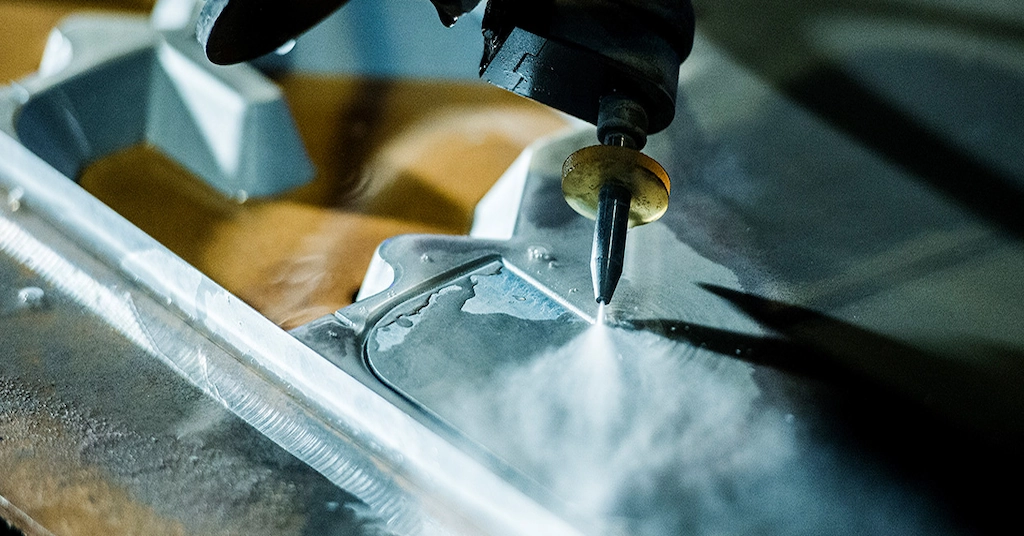
Water jet cutting
Moreover, you can control and create complex shapes and fine details. The integration of Computer Numerical Control (CNC) technology has further elevated water jet cutting, enabling the automation of the cutting process with exceptional accuracy and repeatability.
Try Prolean Now!
What is the Water Jet Cutting Machine?
A water jet cutting machine is an advanced tool that uses high-pressure water, often combined with abrasive particles. This machine can cut without heat, preserving the material’s intrinsic properties.

Mechanism of water jet cutting machine
The core components of a water jet cutting machine include a high-pressure pump, a cutting table, a CNC controller, and the cutting head, which houses the nozzle. The high-pressure pump is pivotal, as it propels water at velocities capable of cutting through steel, stone, and composites. The cutting table supports the material, while the CNC controller orchestrates the movement of the cutting head according to digital designs, allowing for intricate and accurate cuts.
Table: Components of CNC Water Jet Machine
| Component | Function |
| High-pressure pump | Generates the high-pressure water necessary for cutting. |
| The cutting table | Supports the material being cut and may include features to catch or recycle water. |
| The CNC controller | Translates digital designs into precise cutting paths for the machine. |
| The cutting head | Directs the high-pressure water or abrasive mixture to cut the material through the nozzle. |
| Nozzle | Focuses the water jet or abrasive mixture to perform the actual cutting operation. |
The working of a water jet cutting machine begins with the high-pressure pump forcing water through the cutting head’s tiny nozzle. When abrasive cutting is required, garnet or a similar abrasive is added to the water in the nozzle. Next, the water jet exits the nozzle at speeds up to Mach 3, cutting through material with minimal waste and no thermal distortion.
What are the Advantages of Water Jet Cutting?
Water jet cutting is a versatile and precise machining method that stands out in the manufacturing and fabrication industry for its numerous benefits. This technique offers unmatched flexibility in cutting shapes and designs, making it invaluable for complex projects.
The following are the six key advantages of water jet cutting.
1. No Heat-Affected Zones (HAZ)
One of the most significant advantages of water jet cutting is the absence of heat-affected zones. Traditional cutting methods often generate high temperatures, altering the material’s properties and potentially weakening the cut area.
However, water jet cutting maintains the material’s integrity. Thus, it can ensure that the properties of the workpiece remain unchanged. This aspect is particularly crucial for materials susceptible to thermal distortion.
2. Versatility in Material Compatibility
Water jet cutting’s ability to handle diverse materials is exceptional. This method can efficiently cut through without using multiple tools, from metals, plastics, and glass to composites and stones.
This versatility eliminates the need to invest in different types of cutting equipment for various materials, making water jet cutting a cost-effective solution for workshops and manufacturers. Consequently, it opens up creative possibilities across industries, allowing for intricate designs in different materials.
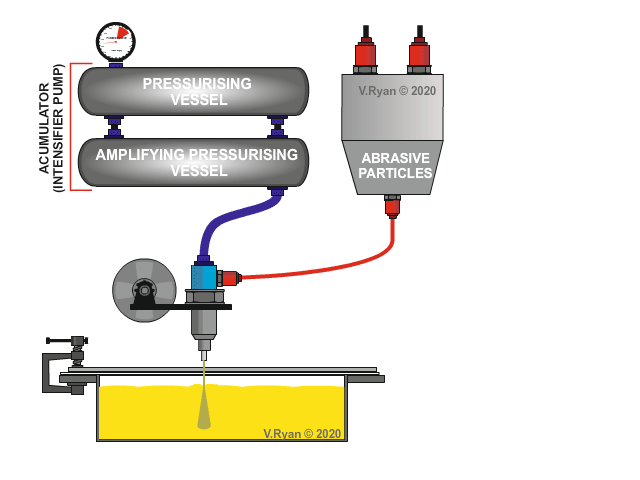
The process of water jet cutting
3. Precision and Complexity
The precision of water jet cutting is another compelling advantage. It can achieve tolerances as tight as ±0.005 inches. So, a water jet allows for intricate cuts and complex shapes that would be challenging or impossible with other cutting methods.
This high level of accuracy is essential for industries where precision is paramount, such as water jet aerospace applications, intricate designs in the decorative industry, or detailed components in the aerospace and technology sectors.
4. Minimal Material Wastage
Water jet cutting is inherently efficient, producing minimal kerf and thus conserving material. Unlike traditional methods that may require larger cut widths, the narrow water jet stream ensures that more of the material is usable. Therefore, this method reduces waste and saves costs.
This advantage is particularly beneficial when working with expensive materials where maximizing yield is crucial. Additionally, the ability to nest parts closely together when cutting further optimizes material use, enhancing overall sustainability and cost-effectiveness.
5. Environmentally Friendly
The eco-friendly nature of water jet cutting is a noteworthy advantage. Since it does not produce hazardous waste and primarily uses water as the cutting medium, it minimizes environmental impact compared to processes that generate dust, fumes, or thermal distortion.
This method aligns with the growing emphasis on sustainable manufacturing practices. So, it is an attractive option for environmentally conscious businesses
6. Safe and Clean Process
As it does not generate fumes, dust, or other harmful byproducts, it creates a healthier work environment for operators. The cold-cutting process also reduces the risk of burns or fires, enhancing workplace safety. This clean operation benefits the workers and reduces the time and resources spent on cleaning and maintenance, contributing to a more efficient and safer production process.
What are the Disadvantages of Water Jet Cutting?
Water jet cutting is a powerful and versatile cutting technology that offers numerous benefits but also comes with its set of disadvantages. While it excels in precision, no-heat cutting, and versatility, there are certain limitations also.
These disadvantages include the initial cost, operational expenses, cutting speed for thick materials, and the limitations on material thickness.
1. High Initial Investment
The primary hurdle for many considering water jet cutting is the significant initial investment required. High-quality water jet cutting machines come with a hefty price tag, primarily due to the sophisticated technology and high-grade components they employ. It includes high-pressure pumps, precision cutting heads, and advanced CNC systems.
This initial cost can be prohibitive for small businesses or those with limited budgets. So, it is less accessible than traditional cutting methods, like laser or plasma cutting.
2. Operational and Maintenance Costs
Beyond the initial purchase, water jet-cutting systems are associated with considerable operational and maintenance expenses. The high-pressure system necessitates regular maintenance to prevent breakdowns and ensure continuous operation.
Additionally, the abrasive materials used in the cutting process, such as garnet, contribute to ongoing costs. These consumables can be expensive over time, especially for high-volume production environments.
3. Slower Cutting Speed for Thick Materials
While water jet cutting is renowned for its precision, its speed can be a disadvantage, especially when cutting thicker materials. The process is inherently slower than other cutting technologies like laser cutting or plasma cutting when dealing with high-density or very thick materials.
This slower cutting speed can lead to increased production times, potentially impacting project timelines and overall productivity in settings where speed is of the essence.
4. Limitations on Material Thickness
Despite its ability to cut through various materials, water jet cutting has limitations when it comes to the thickness of the material. As the material thickness increases, the effectiveness of the water jet can diminish, leading to a decrease in the precision and quality of the cut. This limitation means that for extremely thick materials. Moreover, the cutting quality can vary across different materials.
Related: Laser Cutting Vs. Waterjet Cutting: Analyzing Capabilities in the Manufacturing Landscape
Try Prolean Now!
When to Choose Water Jet Curring? Six Scenarios
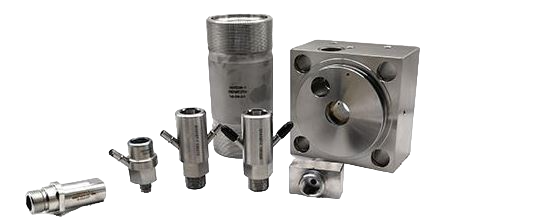
Parts made with CNC water jet cutting
Choosing the right cutting technology is key to achieving optimal results in manufacturing and design projects. Here, the question is when to use the water jet-cutting process. The precision and versatility of the water jet method make it a preferred choice in several scenarios. This method is particularly beneficial when working with diverse materials, requiring intricate cuts, or when preserving the integrity of the material is paramount.
- Complex and Intricate Designs: It offers excellent precision for projects requiring complex cuts or intricate patterns.
- Heat-Sensitive Materials: When cutting material sensitive to heat, water jet cutting is ideal as it eliminates heat-affected zones.
- Mixed Material Projects: For projects involving a mix of materials, including metals, plastics, and composites, water jet cutting can handle them all without changing tools.
- Environmentally Conscious Projects: If minimizing environmental impact is a priority, water jet cutting is favorable due to its lack of hazardous waste.
- Thick Material Cutting: It can provide clean, precise cuts for cutting thicker materials that other methods struggle.
- Prototyping: When rapid prototyping requires quick, precise, and versatile cutting capabilities, water jet cutting can efficiently meet these demands.
Water Jet Cutting Services at Prolean According to Your Needs
Prolean’s Water Jet Cutting Services stands out for its custom approach to meeting client needs. We offer precision cutting for 100+ materials by leveraging advanced water jet technology. This method can be ideal for projects that require intricate designs or delicate materials, ensuring high-quality results without thermal damage or material deformation.
Our engineers work closely with clients to ensure specifications meet precision. We have more than a decade of experience working with industries ranging from aerospace to custom fabrication. Moreover, you can benefit from a partnership with Prolean, as we value precision, adaptability, and sustainability.
Read more:
- Top 5 Industries Leveraging Waterjet Cutting Technology
- Water-jet Cutting Design Guidelines
- Micro Milling: Principal, Tools, Application, Key Consideration, and Future Trend
- Diamond Milling 101-Machining Process, Tool, Technique Types and Application
Try Prolean Now!
Summing Up
Waterjet cutting offers precision, versatility, and an eco-friendly approach to cutting. Its advantages include cutting complex shapes without compromising material integrity, making it an invaluable tool for various industries. However, it’s crucial to compare the advantages and disadvantages of water jet cutting to ensure that it meets your requirements, including initial costs and operational considerations.
FAQs
What materials can be cut with waterjet technology?
Waterjet technology can cut nearly any material, including metals, glass, stone, plastics, and composites.
How does waterjet cutting compare to laser cutting in terms of precision?
Waterjet cutting offers comparable precision to laser cutting with the added advantage of cutting thicker materials and diverse types.
Can waterjet cutting be used for thick materials?
Yes, waterjet cutting excels at cutting thick materials, offering clean cuts through materials that other methods struggle with.
What are the environmental benefits of using waterjet cutting?
Waterjet cutting is environmentally friendly, producing no hazardous waste and using recyclable water and abrasives.
How do the costs of waterjet cutting compare to traditional cutting methods?
Waterjet cutting can be more expensive initially but offers savings through precision, versatility, and reduced material waste.
Why choose Prolean’s Water Jet Cutting Services for your project?
Prolean’s Water Jet Cutting Services offer unparalleled precision, custom solutions, and a commitment to meeting tight deadlines with high-quality results.
Resource
Mert, T. (2012, January). Water jet cutting technology and its comparison with other cutting methods in some aspects. Academic Journal of Science: Yildiz Technical University. Retrieved from ResearchGate.



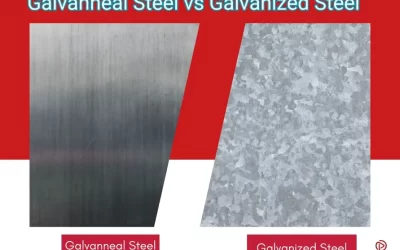
As a mechanist I can say that you Nicely presented the various pros & cons of waterjet cutting !
Thank you james!